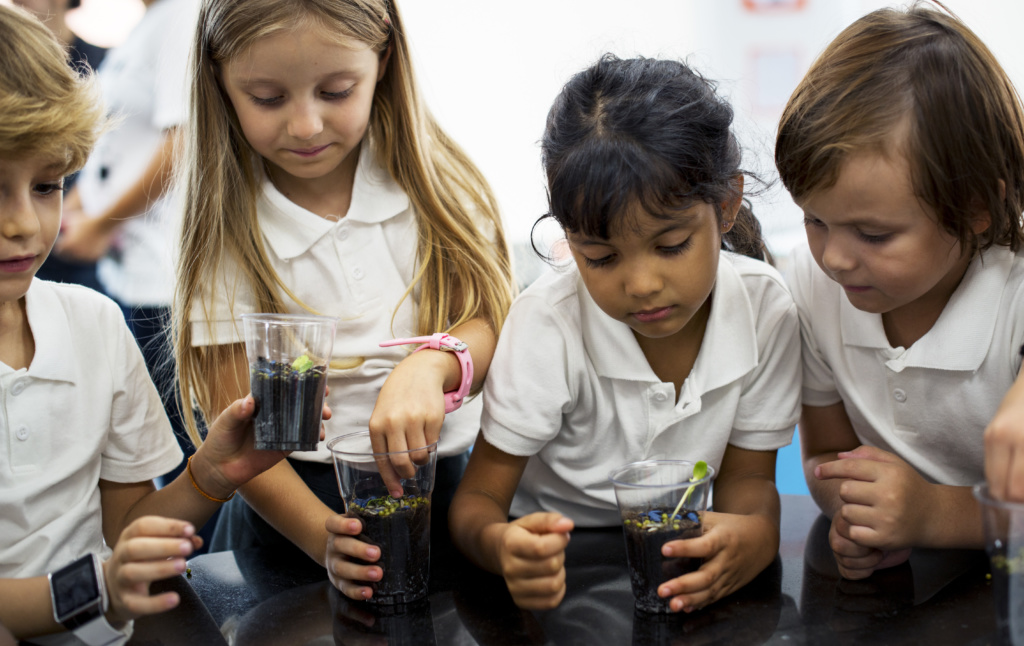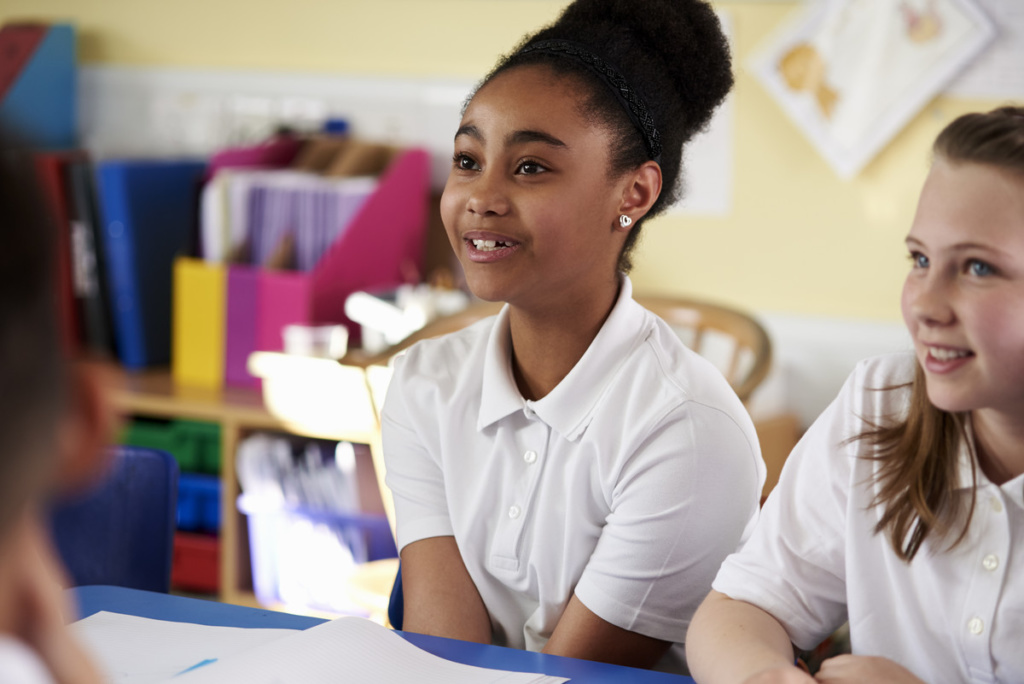
Fostering a positive relationship with science, technology, engineering and maths (STEM) subjects early on in a young person’s education is crucial for tackling misconceptions around STEM as being ‘too academically demanding’, or ‘for boys’, before they can take root. Starting off STEM engagement on the right foot in primary schools via practical, hands-on learning will help pupils to develop their curiosity, creativity and scientific connection with the world around them.
The weird and wonderful world of science is one of the most valuable things we can teach to children in schools. Science, technology, engineering and maths (STEM) are at work every day and encouraging pupils to be curious about these subjects at an early age is crucial for their practical skills development, knowledge and real-world engagement. These are lifelong skills which are crucial for pupils to develop now and take forward on their education journey. Exposing pupils to ‘good science’ is also an important step in helping them to be ‘science literate’ and capable of thinking for themselves, critiquing and analysing information and building an understanding of the world around them based on sound facts.
As Deputy Headteacher and a science teacher at Nash Mills C of E Primary School, my focus is on supporting our young pupils to get to grips with science in a fun and relatable way, especially our female pupils. Research has suggested that many girls have already made up their minds on whether science is ‘for them’ by the time they reach secondary school and, sadly, it is often the case that female students feel less confident in their abilities to study a STEM subject. Indeed, a recent Gender Equality Monitor study found that male GCSE students were twice as likely to think they performed best in STEM subjects compared to girls. However, the exam results showed that the female students in fact outperformed the boys in maths and science.
There is no question that girls have just as much passion and talent for science as their male classmates, but I have seen first-hand how barriers such as a lack of confidence and visible female role models in STEM can impact their perception of science. Tackling this problem early on in primary education is key to raising the profile of science and showing that it is a viable career option for young girls. Exploring all the different areas in which science plays a role is paramount to children at this age.
Getting stuck into science learning
There are many ways that teachers can improve engagement for science amongst young pupils, but especially girls, in school. They can run practical, project-based science activities in the classroom and set up after-school science clubs, or invite female parents working in science to discuss their experiences with the children. Ultimately, finding a hands-on, practical way for students to learn about science will help them develop a genuine passion and excitement for the subject.
